Written by: Mohammad Shaaban, MINA’s Correspondent in Gaza
From Shawshank to Palestine, In the most secure prison of the Israeli occupation, Six Palestinian Prisoners destabilized the security of the superpower entity by a small spoon. It’s unbelievable but Palestinians managed to move drama to reality.
The “Israeli” newspaper Haaretz said that six Palestinian prisoners, five from the Islamic Jihad movement and one from the Palestinian National Liberation Movement “Fatah”, managed to escape at Monday’s dawn, through a tunnel they dug in Gilboa, near the Bisan area, which is one of the most “Israeli” security prisons.
Israeli occupation realized that shawshank Redemption, a 1994-American drama film about a Prisoner escaped prison by a spoon, is no longer drama in light of the determination and will of the Palestinian prisoners. The occupation authorities began a general successive security measures in search of the six prisoners. In addition, they began a wide search in the area crowded with villages and towns and close to the “Israeli” borders with the West Bank and Jordan.
Also Read: Israeli Settlers Storm Al-Aqsa Mosque Under Heavy Police Protection
In words that summarized the scene of the legendary escape of the six prisoners, the head of the Police Operations Department, Shimon Nahmani, said “the investigation has reached a dead end, we are doing in chasing the unknown, the police have no clue about the escaped prisoners.”
The escaped prisoners are five from the Islamic Jihad movement, they are Zakaria Zubeidi, Munadil Nafeat, Muhammed Ardah, Yaqoub Qadri, Ayham Kammji, and one of the Fatah movement, Mahmoud Ardah.
Palestinian Prisoners Escape and “Israel” Intensifies Security Procedures
On Monday, the 1:30 a.m. marked a turning point in the history of the Palestinian prisoners movement in its battle with the “Israeli” occupation prison, when six prisoners succeeded in wresting their freedom and escaping the “Israeli” Gilboa prison near Bisan.
Also Read: Israel Continues Deadly Gaza Strikes Despite Announcing Reduced Military Aggression
“Israeli Prison administration officials say the prisoners escaped around 1:30 a.m. and were first noticed by a local taxi driver, at 1:49 a.m. He saw them at a gas station near the prison and called the police,” said the Israeli newspaper, Haaretz.
Israeli occupation realized the danger that Palestinian prisoners brought to them. The occupation authorities announced comprehensive preparedness among the police forces in search of the prisoners and began a wide search in the area crowded with villages and towns and close to the borders with the northern West Bank and Jordan.
“Defense Minister Benny Gantz has ordered to intensify “Israeli” forces along the “Israeli” border with the West Bank to prevent prisoners from escaping to the territories,” the Israeli newspaper, Yedioth Ahronoth, said.
According to Israeli sources, the Israeli army set up roadblocks throughout the West Bank to prevent prisoners from escaping to Jordan. Police officers, Shin Bet members and soldiers were deployed in the search operations and 24 roadblocks were set up in northern Israel.
Also Read: Hamas Khalil al-Hayya Reappears After Surviving Israeli Assassination Attempt
The Israel Broadcasting Corporation said 82 checkpoints have been set up across Israel in search of escaped prisoners.
For his part, Israeli Prime Minister Naftali Bennett said, during a visit to a military site in the West Bank on the occasion of the Jewish New Year, “You have to remain ready and in a state of maximum alert until the escaped (prisoners) are arrested.”
Israeli Security’s Failure to Reach Escaped Prisoners
The prisoners’ escape is a complex operation that the Israeli security and military devices are still disable to find a clue to reach them or to know how the operation was carried out. The Israeli authorities did not explain how they dug the tunnel through which the prisoners escaped out of the prison.
Also Read: Israel Continues Gaza Attacks Despite Trump Ceasefire Call
However, Haaretz said, “Prison officials believe that the six escaped through a hole outside the prison walls, which they managed to dig during the past few months.”
“The Israel Prisons Administration reported the disappearance of three prisoners to the police, who sent reinforcements to the prison at 3:29 a.m.,” the Newspaper added. “Only at 4:00 a.m. it became clear that in reality three more prisoners were not counted.”
The tunnel exit was later found, a few meters outside the prison walls, in the opposite of an “Israeli” observation tower. This indicates the high security nature that prisoners were in; however, they successfully managed to escape and break the Israeli legendary that they have the most powerful and unbreakable security system.
The occupation security devices are still confused in the face of six unarmed Palestinian prisoners extracted their freedom despite the strictest restrictions of the occupation. “Officials are concerned that the six will try to flee from “Israel” to Jordan, or carry out kidnappings or attacks,” Haaretz said.
Also Read: Israel Army Kill Five Palestinians, Ignoring Trump’s Urging
The newspaper continued, “The current assessment is that the prisoners are still in “Israeli” territory, and the authorities are tracking a suspicious car.”
The Israeli Minister of Internal Security, Omer Bar-Lev, said that the prisoners had most likely reached the West Bank. “But I do not rule out the possibility that they are still in Israel,” he said. “My personal estimate is that this is less likely, but I am not a prophet to know everything, and I take all options into account.”
Classifications of Six Escaped Prisoners
Six Palestinian prisoners proved to the world that their determination is stronger than guns and armies. Those brave Palestinian managed to escape Gilboa prison through a tunnel under the prison to be one of the most complicated operations in the occupation struggle with the Palestinian prisoners Movement.
Also Read: Hamas Agrees to Ceasefire but Refuses to Surrender Weapons
The prisoners are from Jenin, five of them are from the Jihad movement, and they’re Mahmoud Al-Ardah (46 years), from Arrabeh, detained since 1996, Muhammad Al-Arad (39 years), from Arrabeh, who has been detained for a year 2002, and Yaqoub Qadri (49 years), from Bir Al-Basha, detained since 2003, and sentenced to life, Ayham Fouad Nayef Kammaji (35 years), from Kfardan, detained since 2006 and sentenced to life. All of them are sentenced to life imprisonment.
In the same context, one of the prisoners is Zakaria Zubaidi, 45, from Jenin camp, a leader in the Al-Aqsa Brigades, has been detained since 2019 and is still detained. The sixth prisoners is the fighter Yaqoub Nafe’at (26 years), who has been detained since 2019.
Desipte the high security procedures imposed on the six Palestinian prisoners, the occupation security system fails in the face of the high spirit and determination inside those prisoners.
The Israeli Prison Administration classified the six prisoners as “at a high level of risk”. It described three of them as “high possibility of escaping from prison”, and they are Ayham Kammaji, Mahmoud Ardah, and Yaqoub Qadri.
Also Read: Hamas Accepts Parts of Trump’s Peace Plan, Calls for Further Negotiations
“Israel” Conducts Suppression Campaigns Against Prisoners in Other Prisons
Israeli occupation concerns are not only about the escaped prisoners, but all Palestinians prisoners. The Prison Authority administration transferred about 400 prisoners from Gilboa Prison to other prisons hours after the escape of six Palestinian prisoners.
The engineering unit of the Israeli army conducted a complete inspection of the prison. There are fears that there are other tunnels that could be used for the escape of more prisoners. Thus, the Israeli Shin Bet interrogated the “most dangerous Palestinian prisoners” in hope to find a clue.
The Israeli battle has not been with the six escaped prisoners only. Israeli forces of repression and special units of the occupation army, heavily armed, launched massive incursions and repressions against Palestinian in several prisons.
Also Read: Hamas Agrees with Trump’s Gaza Ceasefire Plan ‘In Principle’
In Gilboa prison, which witnessed the most violent confrontation since the escape of Prisoners, the prison administration suppressed and transferred the prisoners of Section 3 and other sections after the prisoner Malik Hamed confronted a prisoner by pouring hot water on him in response to the prison administration’s repressive procedures.
Moreover, the occupation repression forces and special units carried out a massive incursion in Raymond prison, Ofer prison, Al-Naqab prison, and other prisons. As a result, violent confrontations broke out between Palestinian Prisoners and Israeli Prisons Administration. This is how Palestinian send their message to the occupation that all Israeli violations and repression against them are nothing in front of the Palestinian determination.
Celebrations Outsides Israeli Prisons and Confrontations Inside Them
The news of the escape of six Palestinian prisoners from Gilboa prison was met with great joy and remarkable celebrations in several cities in the West Bank, including Nablus and Jenin.
Also Read: Three Israeli Soldiers Injured in Operation in Central Gaza
Palestinians distributed sweets to the people in the streets with songs and chants, rejoicing that the six prisoners were able to “take their freedom” through a small tunnel dug under the most secure prison of the occupation.
Palestinian joy of the victory the six prisoners brought to them is not only in songs and celebrations. However, they called for marches at points of contact with the occupation to distract them from pursuing the escaped prisoners.
On the other side, the Israeli prisons witnessed violent confrontations with and a state of extreme tension, after the Israeli district repression measures carried out against Palestinian prisoners.
It’s Its noteworthy that the Prison Administration, after (6) prisoners liberated themselves from Gilboa prison, imposed a number of measures, including repression, transfer and inspection operations, especially in Gilboa prison. In addition, it closed all prisoner sections in prisons, and reduced the duration of the break for prisoners from two hours to an hour.
Also Read: Israel Closes Two Main Roads in Gaza City, Separating North and South
Palestinian Factions Threat Occupation and Prisoners Threat Prisons Administration
The battle inside the prisons is no longer a one-sided battle, as the “Israeli” Prison Administration waged a violent war on the defenseless prisoners. Now the confrontation is open, as long as the prison administration continues its violations against the prisoners.
The forces of repression and special units of the occupation army, heavily armed, launched large-scale incursions and repressions in several prisons, the most prominent of which were in the Negev and Raymond prisons.
In contrast, the Palestinian prisoners began to confront the prison administration and its forces with various steps, the most prominent of which was the prisoners’ burning of a group of rooms in Section 6 of the “Naqab” prison. They announced their rejection of the threats they are exposed to, and they will not keep silent and will confront Israeli repression by all available means.
In parallel with the prisoners’ threats, the Palestinian resistance factions threatened against the Israeli measures targeting the prisoners. The supreme commission of Islamic Jihad prisoners in Israeli prisons said, “We will resist the repressive measures of the prisons administration, and we are ready to sacrifice in order to defend our organizational entity. We are preparing to an open hunger strike during the next week, unless the fierce attack against us stops.”
Member of the Political Bureau of the Popular Front, Jamil Mezher added, “We call for comprehensive escalation and open clash with the occupation to support the prisoners in their battle against the occupation attack.”
“The occupation must carefully consider what we say, and realize that we are ready and able to protect our prisoners by all means and methods, and our options in that are open and multiple,” stated Islamic
The Palestinian threats received a special Israeli follow-up in particular from the Israeli media, which warned of the possibility of a new escalation if the situation developed and the six prisoners were liquidated. (A-K-G/RE1)
Mi’raj News Agency (MINA)





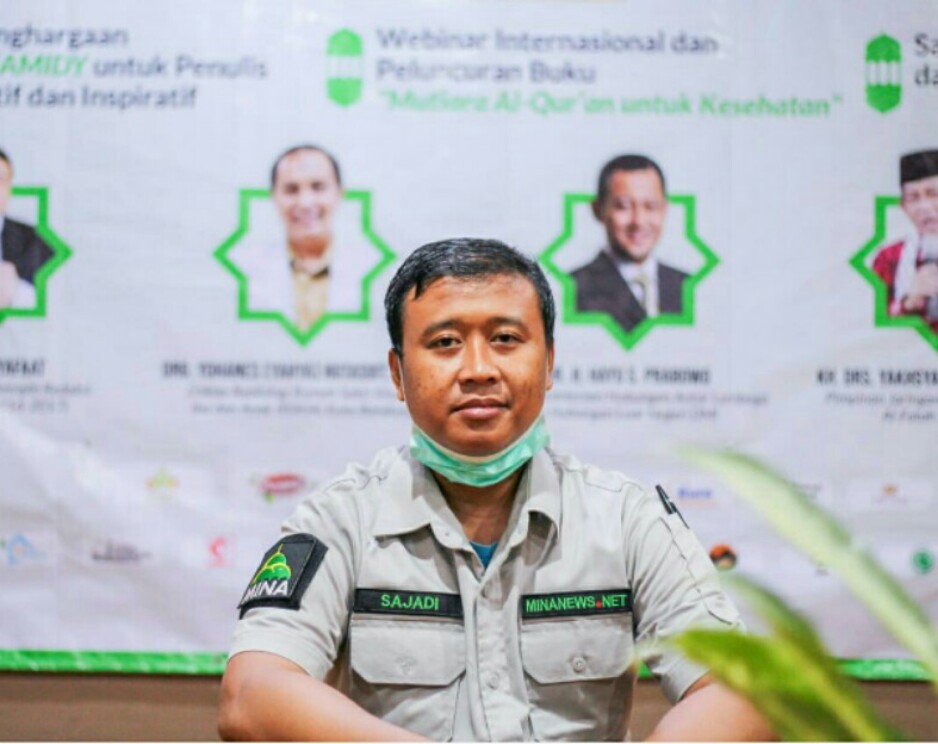
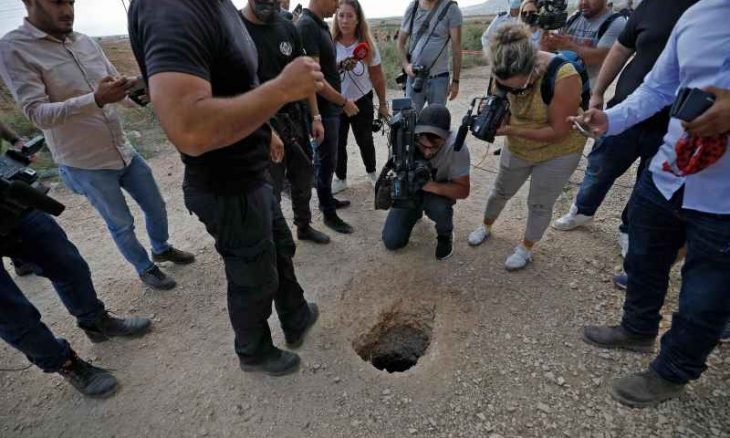



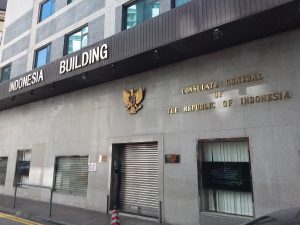
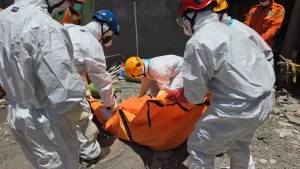



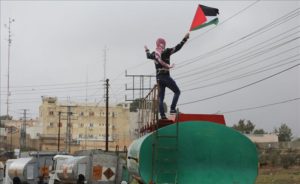

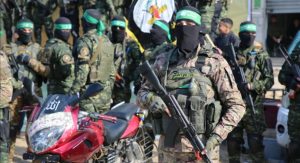

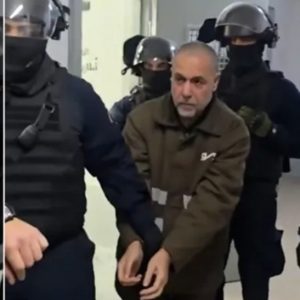

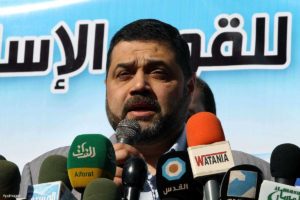












 Mina Indonesia
Mina Indonesia Mina Arabic
Mina Arabic